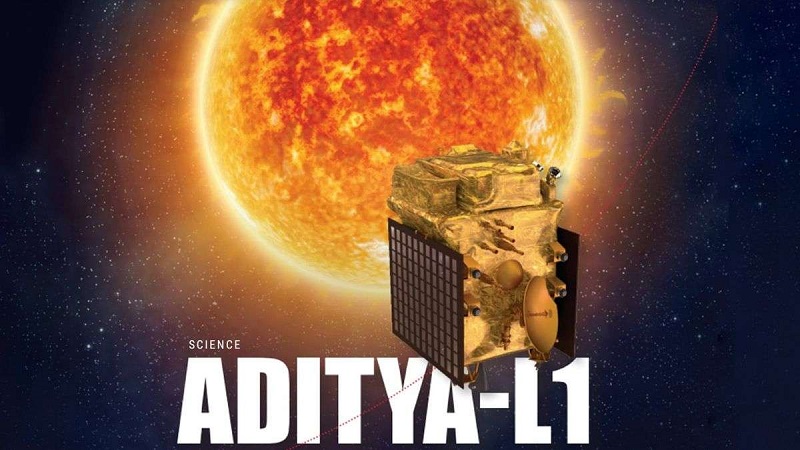
Following the Chandrayaan-3 mission, the Indian Space Research Organisation (ISRO) is preparing to launch its first space-based solar mission, Aditya L1, this week. ISRO Chief S Somanath announced that the solar mission has arrived at Sriharikota and is set for launch on September 2, as reported by Hindustan Times.
ISRO shared details about the mission on X through a tweet, revealing that the launch of Aditya-L1, India’s inaugural space-based solar observatory, is scheduled for September 2, 2023, at 11:50 AM IST from Sriharikota. The post also provided live-streaming information for those interested.
The spacecraft is designed to enter a halo orbit around the Sun-Earth system’s Lagrange Point 1 (L1), located approximately 1.5 million km away from Earth.
Somanath stated that after the launch, the spacecraft will take around 125 days to reach Lagrange Point 1 (L1), where it will remain.
The Aditya L1 mission’s objective is to observe the sun from an orbit around L1 and is equipped with seven payloads to study various aspects, including coronal heating, solar wind acceleration, coronal magnetometry, and layers such as the chromosphere, photosphere, and outermost layer.
The Lagrange points are specific positions in space where objects can maintain a constant pattern of motion between two larger masses. L1 is one of these points and provides an unobstructed view of the sun. The Solar and Heliospheric Observatory Satellite (SOHO) is currently located at L1.
L2 is well-suited for astronomical observations as it allows communication with Earth while keeping the sun, Earth, and Moon behind the spacecraft. On the other hand, L3 remains situated behind the sun.
Stable Lagrange points, known as L4 and L5, exist when the mass ratio between the two larger masses exceeds a certain threshold. Objects orbiting at L4 and L5 are commonly referred to as Trojans and are named after the large asteroids Agamemnon, Achilles, and Hector that orbit these points in the Jupiter-Sun system.

Post Your Comments